
This is a Google Slide on biodiversity and then activities followed by a Google Forms quiz.
- Subject:
- Biology
- Ecology
- Physical Geography
- Material Type:
- Assessment
- Homework/Assignment
- Lesson Plan
- Author:
- Allison Hoisington
- Date Added:
- 10/26/2020

This is a Google Slide on biodiversity and then activities followed by a Google Forms quiz.
![[3ACTS] Nana’s Paint Mixup – dy](https://img.oercommons.org/160x134/oercommons/media/screenshots/7a2b8508c50073e7c2877b3a86cbbed269ebb452c7b220f88a2a048991793bdc.png)
Dan Meyer's Three Act Math task on proportions. Learners work with ratios and proportions, to determine how to fix the incorrectly mixed paint.

Task using place value.

Learn how honey bees work together as a hive to provide for their own needs while pollinating our planet's flowers! This lesson includes learning objectives, material and resource lists, background information, activities, reading selections, writing assignments, a game, assessments, and support documents. See the Educator's Guide for more video links and recommended readings.
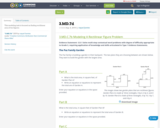
This modeling task is focused on finding rectilinear area of two figures.
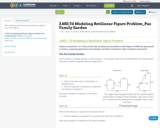
This modeling task is focused on finding rectilinear area of two figures.
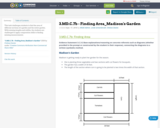
This task challenges students to find the area of different sections of a garden and the entire garden. With missing lengths and widths, the students are challenged to apply computation skills to finding missing measurements.
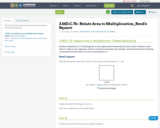
This flawed reasoning task addresses misconceptions with determining area.
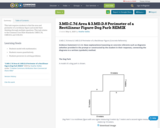
This task requires students to find the area and perimeter of a rectilinear figure and model their thinking through multiple equations. This task relates to the Common Core State Standards: 3.MD.C.7d, 3.MD.D.8, and 3.OA.D.8.
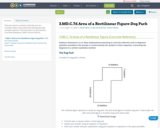
This task requires students to find the area of a rectilinear figure and model their thinking through multiple equations. This task relates to the Common Core State Standards: 3.MD.C.7d and 3.OA.D.8.

This task requires students to find the area of a rectilinear figure and model their thinking through multiple equations. This task relates to the Common Core State Standards: 3.MD.C.7d and 3.OA.D.8.
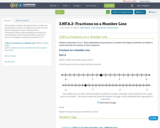
This task gives students the opportunity to analyze two number lines in order to identify the one that correctly shows an improper fraction. Students then communicate their understanding by describing the reasoning they used to determine their answer was correct. It is aligned to evidence statement 3.C.6-1
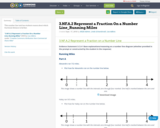
This number line task has students reason about which fractional distance is farther.
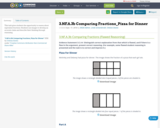
This task gives students the opportunity to reason about equivalent fractions. Students use images to develop an accurate claim and describe their thinking through reasoning.

This task provides students practice with flawed reasoning using fraction comparisons.
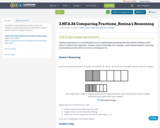
This flawed reasoning task provides practice for students to understand the size of the wholes must be equal in order to compare fractions.
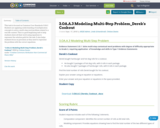
This task is focused on Common Core Standards 3.OA.3 Students are applying understanding of multiplication concepts to solve a multi-step word problem related to a real life context. This is a good beginning task to help students show all their work using equations to represent the solution path for the task. It also helps students focus on precision as they need to represent the problem with the correct equations.

This task provides students the opportunity to identify a mistake in reasoning related to the relationship between multiplication and division.
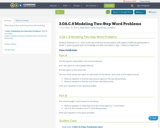
This task provides students practice with modeling.
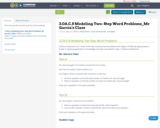
This task provides students practice with modeling.